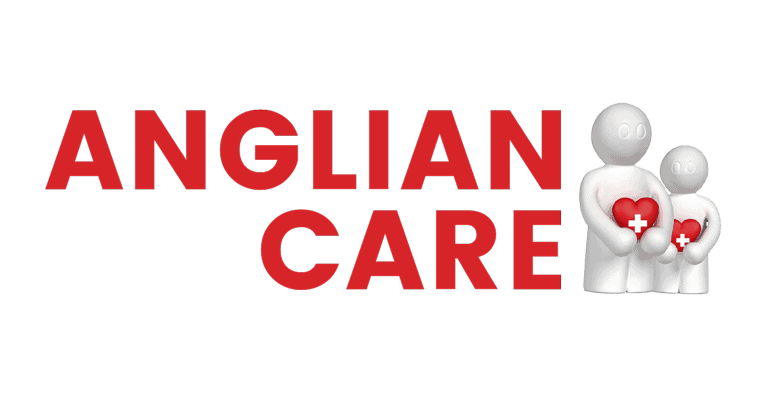Managing chronic pain in the elderly involves a mix of effective treatments, lifestyle changes, and caregiver support. You should communicate openly about pain levels, as older adults often underreport pain. Medications like NSAIDs and topical treatments can provide relief, but always consult a doctor for appropriate dosages. Non-drug options, such as physical therapy and cognitive behavioral therapy, can also help. Caregivers play a crucial role in monitoring pain and ensuring effective strategies are in place. By understanding these approaches, you can improve the quality of life for older adults. There's more to uncover about effective pain management strategies.
Overview of Chronic Pain
Understanding the different types of pain is fundamental for effective pain assessment. Acute pain is typically short-lived, while chronic pain persists over time, often becoming a constant presence. The aging process brings physiological changes, such as reduced neurotransmitter levels and heightened pain sensitivity, which can exacerbate the experience of chronic pain. Unfortunately, many older adults underreport their pain due to misconceptions about aging and possible cognitive impairments. As informal caregivers often play an important role in supporting elderly individuals, their awareness of these challenges can greatly impact the quality of care provided to those experiencing chronic pain, guaranteeing that their needs are met effectively the role of informal caregivers.
This underreporting leads to a considerable healthcare burden, as medical professionals may not fully grasp the extent of the issue. It's essential for you to communicate openly about your pain. Accurate pain assessment involves discussing not just the intensity of your pain but also its impact on your daily activities and overall quality of life. By being proactive in these conversations, you can help make sure that your chronic pain is understood and managed effectively, paving the way for better treatment options and improved well-being.
Challenges in Pain Management
Cognitive impairments also complicate pain management. Many elderly individuals, especially those in nursing homes, may struggle to report their pain accurately. This can result in under-treatment, as caregivers may not fully understand the level of discomfort they're experiencing. Without clear communication, evaluating and addressing pain becomes challenging. Additionally, caregivers often face emotional and physical challenges that can affect their ability to manage pain effectively, including feelings of stress and exhaustion, which can impede their responsiveness to the care recipient's needs. Understanding the importance of seeking practical and emotional support is essential for both caregivers and the elderly individuals in their care.
Furthermore, age-related physiological changes influence how medications are absorbed and processed in the body. This requires a more cautious approach to prescribing pain relief options, as what works for younger patients may not be suitable for older adults. Unfortunately, there's a significant lack of evidence-based guidelines specifically designed for treating chronic pain in this age group. This gap can lead to confusion and inconsistency in treatment strategies.
Therapeutic Approaches Available
If acetaminophen doesn't provide enough relief, you can consider non-steroidal anti-inflammatory drugs (NSAIDs). However, be cautious, as these can lead to gastrointestinal, renal, and cardiovascular side effects, which are significant causes of hospitalizations among older adults. Topical treatments like NSAIDs and capsaicin can offer effective pain relief with fewer systemic side effects, making them a safer alternative.
For neuropathic pain, anticonvulsants and antidepressants, such as SNRIs and tricyclic antidepressants (TCAs), can be beneficial. Just remember to adjust the doses carefully for older patients to minimize risks.
In addition to pharmacological strategies, don't overlook non-pharmacological interventions. Physical therapy, acupuncture, and cognitive behavioral therapy can all play crucial roles in managing pain without the need for medications.
Recent Research and Developments
Another exciting area of research involves cannabinoids, such as Sativex, which are emerging as alternative treatments for neuropathic pain. These options may provide relief for patients who haven't found success with conventional analgesics. Alongside these drug innovations, ongoing research highlights the importance of integrating pharmacologic and non-pharmacologic strategies. This multidisciplinary approach aims to enhance the overall quality of life for older adults dealing with chronic pain.
Lifestyle modifications also play a vital role in pain management. Clinical studies show that intensive weight reduction combined with exercise can considerably improve both pain levels and physical function in the elderly. This evidence underscores the importance of incorporating lifestyle changes as part of thorough pain management plans. By combining the latest drug innovations with effective lifestyle modifications, you can take proactive steps to manage chronic pain more effectively and improve your overall well-being.
Role of Caregivers and Education
Caregiver training is crucial for equipping you with effective pain assessment techniques. Participating in workshops, like AgeWays' Chronic Pain Management classes, provides you with coping strategies and skills tailored to support elderly patients. These programs not only enhance your understanding of chronic pain but also empower you to advocate for better treatment options. By incorporating empowerment strategies, caregivers can foster a user-led approach that respects the individual needs of elderly patients.
Access to community resources, including support groups and educational programs, further enriches your knowledge and emotional resilience. When you're informed about chronic pain management, you're better positioned to help your loved ones navigate their challenges.
Moreover, continuous communication between you and healthcare professionals is fundamental. This collaboration guarantees that care remains consistent and that pain management strategies effectively meet the needs of elderly patients. By fostering this partnership, you can advocate for the necessary adjustments in treatment, ultimately improving the quality of life for those you care for.





